Finishing a wood countertop that WILL be used as a cutting board
Peter Steinberg
14 years ago
Featured Answer
Sort by:Oldest
Comments (17)
tom999
14 years agosjerin
14 years agoRelated Professionals
Moraga Kitchen & Bathroom Designers · Normal Kitchen & Bathroom Remodelers · Albuquerque Kitchen & Bathroom Remodelers · Bloomingdale Kitchen & Bathroom Remodelers · Centerville Kitchen & Bathroom Remodelers · Hickory Kitchen & Bathroom Remodelers · Olney Kitchen & Bathroom Remodelers · Buena Park Cabinets & Cabinetry · Effingham Cabinets & Cabinetry · Radnor Cabinets & Cabinetry · South Gate Cabinets & Cabinetry · Albertville Tile and Stone Contractors · Hermosa Beach Tile and Stone Contractors · Lake Nona Tile and Stone Contractors · Roxbury Crossing Tile and Stone Contractorshestia_flames
14 years agonovember
14 years agojoseph7505
14 years agoandreanewengland
14 years agokelvar
14 years agosara_the_brit_z6_ct
14 years agowritersblock (9b/10a)
14 years agoPeter Steinberg
14 years agogrowlery
14 years agopirula
14 years agonovember
14 years agoPeter Steinberg
14 years agopirula
14 years agonovember
14 years ago
Related Stories
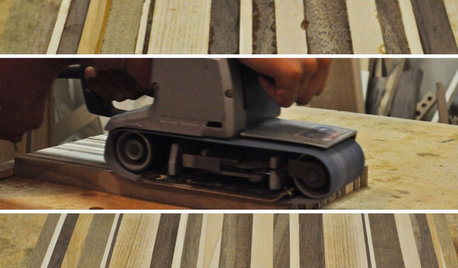
DIY PROJECTSFashion a High-Quality Cutting Board From Scrap Wood
Waste not, want not. This DIY project saves scraps from the landfill, hones your woodworking skills and produces a gorgeous kitchen piece
Full Story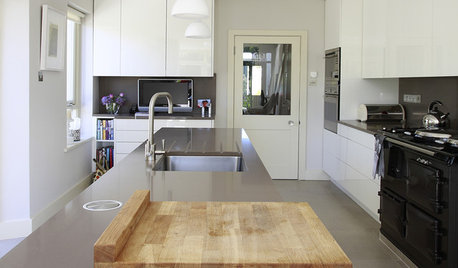
KITCHEN DESIGNButcher Block Makes the Cut for Holiday Kitchen Prep
Countertops and cutting boards will likely take a beating over the holidays. These butcher blocks have the chops to perform under pressure
Full Story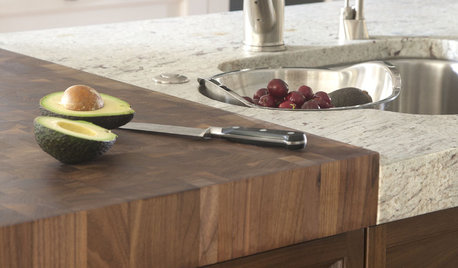
KITCHEN DESIGNKitchen Counters: Try an Integrated Cutting Board for Easy Food Prep
Keep knife marks in their place and make dicing and slicing more convenient with an integrated butcher block or cutting board
Full Story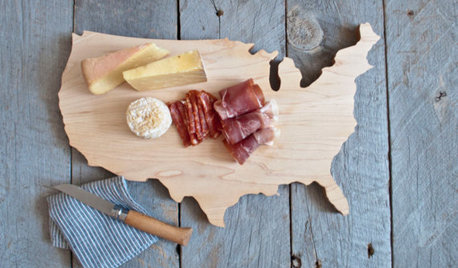
PRODUCT PICKSGuest Picks: Chop Chop! 20 Cutting Boards Too Good to Miss
Any way you slice it, these cutting boards, chopping blocks and serving boards are both artful and practical
Full Story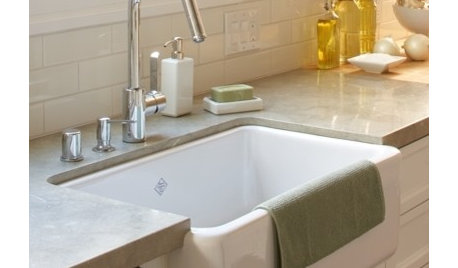
CONTRACTOR TIPSContractor Tips: Countertop Installation from Start to Finish
From counter templates to ongoing care, a professional contractor shares what you need to know
Full Story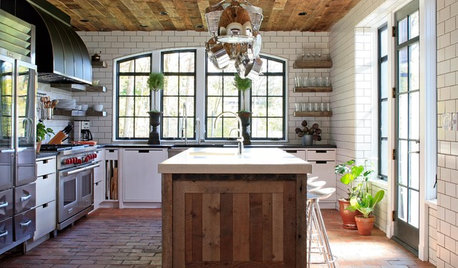
KITCHEN DESIGNWhat to Know About Using Reclaimed Wood in the Kitchen
One-of-a-kind lumber warms a room and adds age and interest
Full Story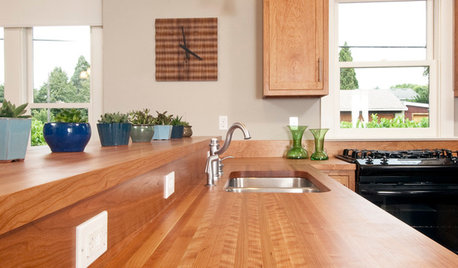
KITCHEN DESIGNWonderful Wood Countertops for Kitchen and Bath
Yes, you can enjoy beautifully warm wood counters near water sans worry (almost), with the right type of wood and sealer
Full Story
REMODELING GUIDESWhen to Use Engineered Wood Floors
See why an engineered wood floor could be your best choice (and no one will know but you)
Full Story






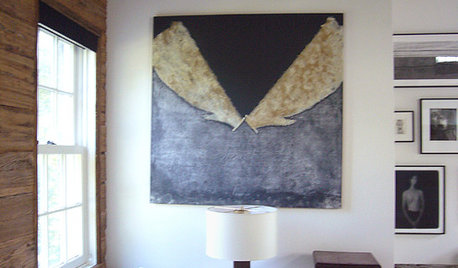
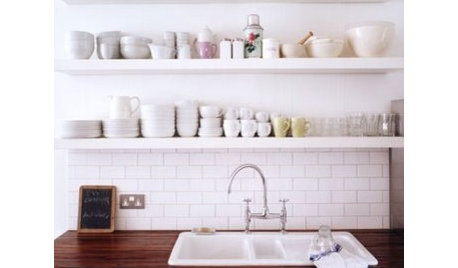
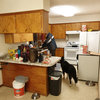



laxsupermom